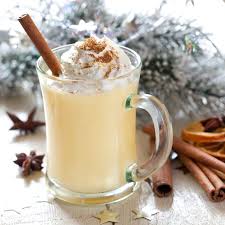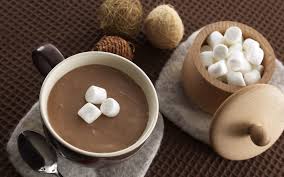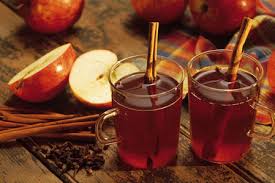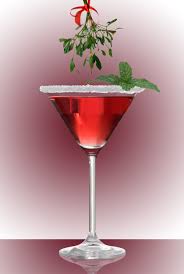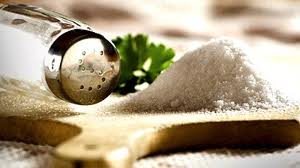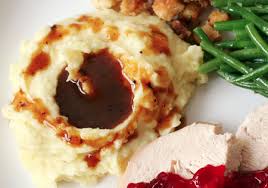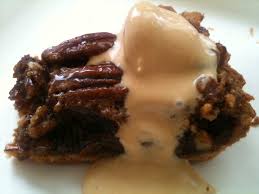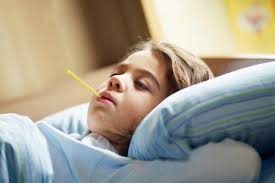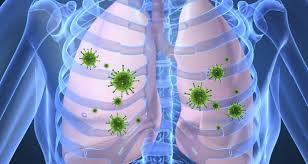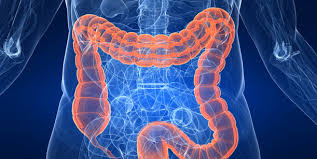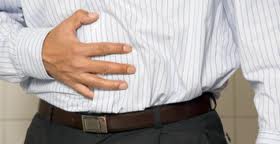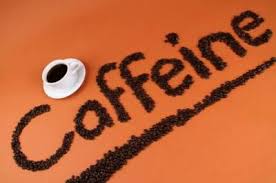 Almost a century after the discovery that sleep helps us remember things, scientists are beginning to understand why.
Almost a century after the discovery that sleep helps us remember things, scientists are beginning to understand why.
During sleep, the brain produces chemicals that are important to memory and relives events we want to remember, scientists reported this week at the Society for Neuroscience meeting in Washington D.C.
“One of the most profound effects of a night of sleep is the improvement in our ability to remember things,” says Ravi Allada, a sleep researcher at Northwestern University. Yet this connection hasn’t been well-understood, he says.
That’s changing, thanks to recent research from scientists including Jennifer Choi Tudor from the University of Pennsylvania. At the meeting, Tudor presented a study involving a brain chemical (known as 4EBP2) that is produced during sleep and is thought to play a role in remembering new information.
Previous experiments have shown that sleep-deprived mice have memory problems and lower levels of this chemical. So the team tried injecting the chemical into the brains of mice, then deprived them of sleep. “With the injection, their memory is normal,” Tudor says.
 Sleep is also a time when old memories can be modified and new memories can be formed, says Karim Benchenane from the National Center for Scientific Research in Paris. Benchenane was part of a team that studied the brains of rats while the rats were awake, as well as during sleep.
Sleep is also a time when old memories can be modified and new memories can be formed, says Karim Benchenane from the National Center for Scientific Research in Paris. Benchenane was part of a team that studied the brains of rats while the rats were awake, as well as during sleep.
When the animals were awake and traveling around their cages, the scientists identified brain cells that became active only when the rats were in a specific location. During sleep, these same cells became active in the same order, indicating that the rats were reliving their travels and presumably strengthening their memories of places they’d been.
Source: NPR



